LIME OIL
- CAS NO.:8008-26-2
- Molecular Weight: 0
- MDL number: MFCD00147443
- Update Date: 2024-12-18 14:07:02
What is LIME OIL?
Description
Refer to LIME JUICE, DEHYDRATED.
Chemical properties
Cold-pressed lime oils are produced by two different mechanical processes:
The whole fruits are chopped and the resulting oil–juice emulsion is subsequently centrifuged to yield the oil of the so-called type-A quality.
Alternatively, the oil of the so-called type-B quality is obtained by rasping
and/or squeezing the peels of the fruits as described on p. 195. During
type-A process, the liberated oil comes into contact with the highly acidic
juice, which may cause some changes in the chemical composition.Thus, the
sensory properties (“juicy”) of type-A oils are closer to those of distilled oils.
Pressed lime oils are yellow to greenish-yellow to green liquids with a
strong, characteristic odor, reminiscent of lemon.
d2020 0.875–0.884/0.880–0.888; n20D 1.482–1.486/1.484-1.488; α20D +35 ° to +41 °/(not def.); carbonyl value 16-31/18-35, corresponding to a
calculated content of citral of 4.5–8.5%/5–9.5%; evaporation residue:
10-14.5%/13-19%; CD value ≥18.2/≥23.6 (data for Mexican oils of type A/type B).
d2020 0.861–0.879; n20D 1.476–1.486; α20D +38 ° to +53 °; solubility: 1 vol in
≤3 vol 95% ethanol; evaporation residue: 5–12%; CD value ≥0.24 (data for
cold-pressed Persian lime oils).
The composition and uses of pressed lime oil are similar
to those of pressed lemon oil. As in lemon oil, the main constituents are
terpene hydrocarbons such as limonene, β-pinene and γ-terpinene. Generally,
neral (1–2.5%) and geranial (2–3.7%) are present in a somewhat higher
concentration. The same is true for furocoumarins; therefore, the quantities
of cold-pressed lime oil, which may be used in perfume compositions, are
limited. Lime oils of type A are mainly used to create juicy lime notes in
soft drinks; oils of type B are mainly used for producing fresh citric notes in
perfume compositions.
Chemical properties
Obtained by expression from the fresh peel or the crushed whole fruit
Chemical properties
The oil is prepared from the sour juice obtained by expression of the whole fruit. The oil can be separated from the juice by centrifugation.
Occurrence
Found in the peel of the fruit Citrus aurantifolia Swingle, formerly classified as Citrus medica L., var acida Brandis
The Uses of LIME OIL
lime oil (Citrus acida, Citrus aurantifolia) has similar properties and uses as lemon oil. Lime oil is extracted from lime skin by cold pressure or distillation.
Preparation
By expression from the fresh peel of the fruit.
Definition
Extractives and their physically modified derivatives. Citrus aurantiifolia, Citrus.
Essential oil composition
The main constituents of the oil are d-limonene, α-pinene, dipentene, C8, C9, and C10 aldehydes and citral. The oils are rectified under vacuum to remove terpenes in order to improve solubility and permit use for flavoring carbonated beverages.
Taste threshold values
Taste characteristics at 30 ppm + 0.075% citric acid and 5% sugar: juicy lime with a sweet, fresh, candy nuance
Taste threshold values
Taste characteristics at 50 ppm with 5% sugar: juicy, characteristic lime with a fresh, sweet pulpy note.
Safety Profile
A skin irritant. Questionable carcinogen with experimental tumorigenic data. Mutation data reported. When heated to decomposition it emits acrid smoke and irritating fumes.
Properties of LIME OIL
| Boiling point: | 182 °C |
| Density | 0.876 g/mL at 25 °C |
| FEMA | 4743 | MEXICAN LIME OIL, EXPRESSED (CITRUS AURANTIFOLIA, CITRUS MEDICA VAR. ACIDA) |
| refractive index | n |
| Flash point: | 121 °F |
| color | Colorless to green-yellow liquid |
| Odor | at 100.00 %. fresh lime |
| optical activity | [α]20/D +41°, neat |
| CAS DataBase Reference | 8008-26-2 |
| EPA Substance Registry System | Oils, lime (8008-26-2) |
Safety information for LIME OIL
| Signal word | Warning |
| Pictogram(s) |
 Flame Flammables GHS02 |
| GHS Hazard Statements |
H226:Flammable liquids |
Computed Descriptors for LIME OIL
LIME OIL manufacturer
Ghaziabad Aromatics
Cifal Herbal Pvt. Ltd.(Formerly Southern Citrus Products Pvt Ltd.)
Norex Flavours Private Limited
New Products
Tert-butyl bis(2-chloroethyl)carbamate (S)-3-Aminobutanenitrile hydrochloride N-Boc-D-alaninol N-BOC-D/L-ALANINOL N-octanoyl benzotriazole 4-Hydrazinobenzoic acid 3,4-Dibenzyloxybenzaldehyde 1,1’-CARBONYLDIIMIDAZOLE R-2-BENZYLOXY PROPIONIC ACID 1,1’-CARBONYLDI (1,2-4 TRIAZOLE) 4-HYDROXY BENZYL ALCOHOL 3-NITRO-2-METHYL ANILINE (2-Hydroxyphenyl)acetonitrile 4-Bromopyrazole 5-BROMO-2CYANO PYRIDINE 5,6-Dimethoxyindanone 5-broMo-2-chloro-N-cyclopentylpyriMidin-4-aMine 4-methoxy-3,5-dinitropyridine 2-(Cyanocyclohexyl)acetic acid 2-aminopropyl benzoate hydrochloride 1-(4-(aminomethyl)benzyl)urea hydrochloride tert-butyl 4- (ureidomethyl)benzylcarbamate diethyl 2-(2-((tertbutoxycarbonyl)amino) ethyl)malonate Ethyl-2-chloro((4-methoxyphenyl)hydrazono)acetateRelated products of tetrahydrofuran








You may like
-
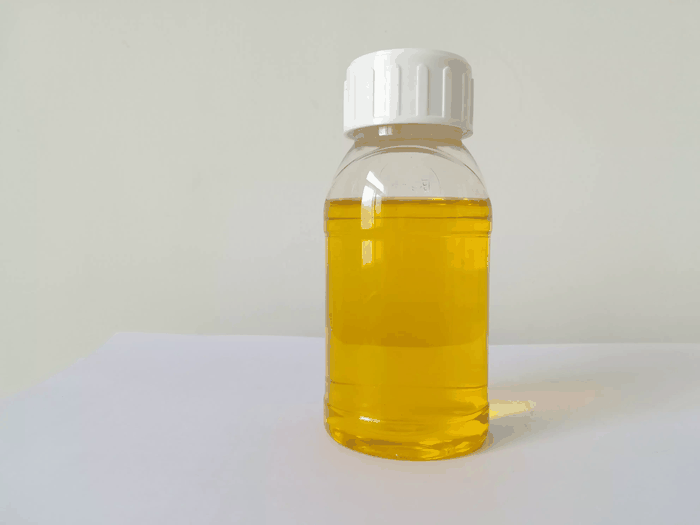 8008-26-2 Lime oil 98%View Details
8008-26-2 Lime oil 98%View Details
8008-26-2 -
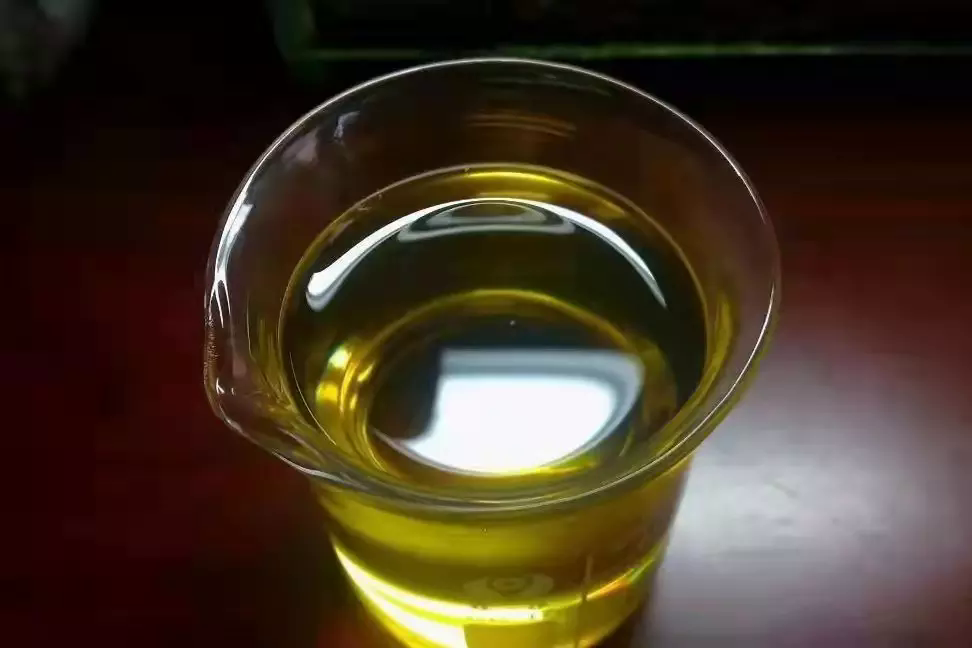 8008-26-2 98%View Details
8008-26-2 98%View Details
8008-26-2 -
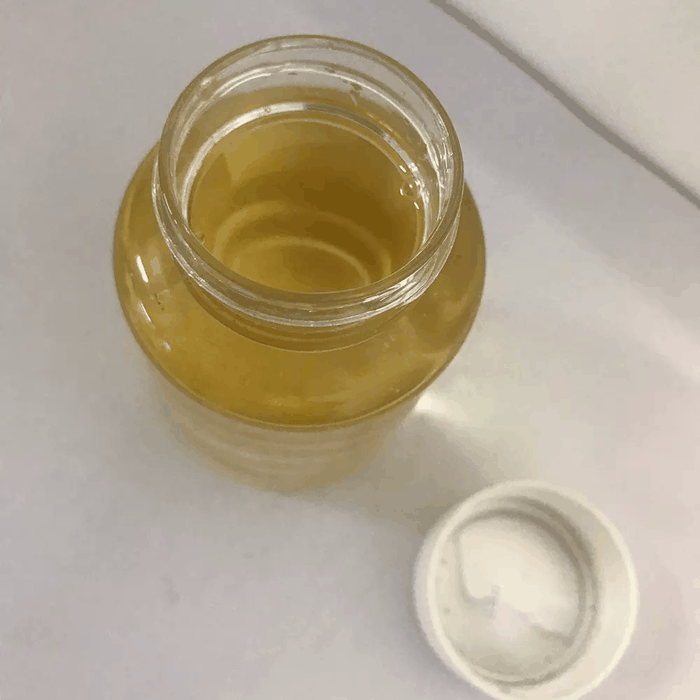 8008-26-2 Lime oil 98%View Details
8008-26-2 Lime oil 98%View Details
8008-26-2 -
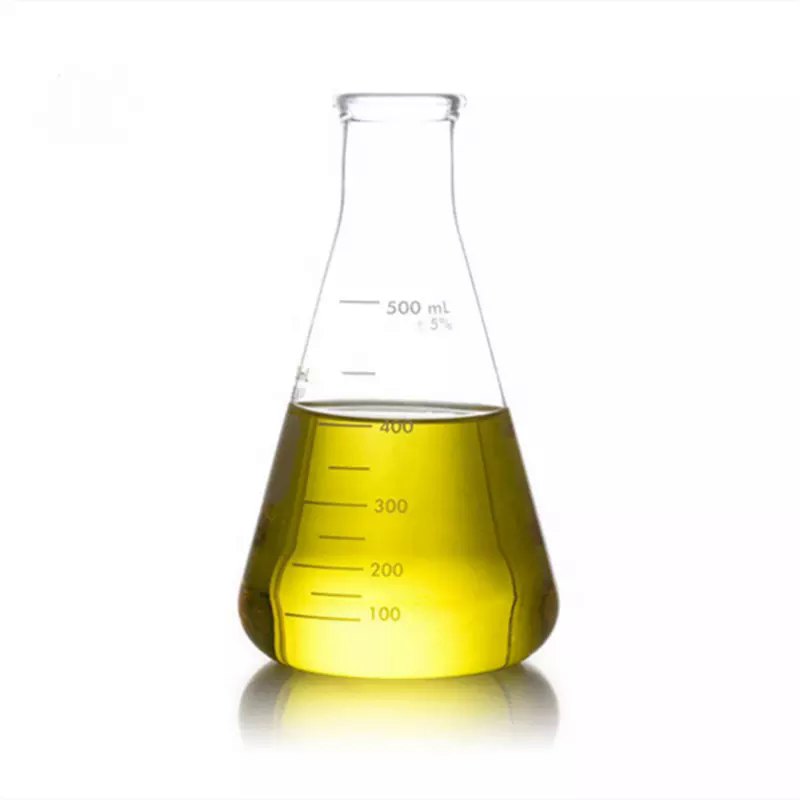 Lime oil 8008-26-2 98%View Details
Lime oil 8008-26-2 98%View Details
8008-26-2 -
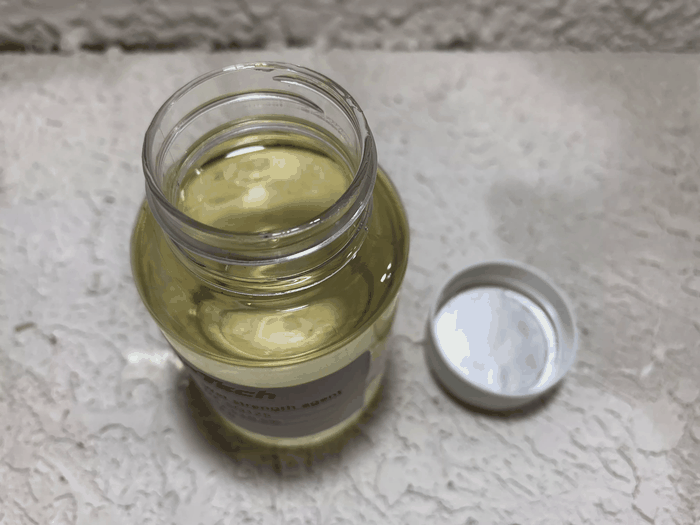 8008-26-2 98%View Details
8008-26-2 98%View Details
8008-26-2 -
 Lime oil 98%View Details
Lime oil 98%View Details
8008-26-2 -
 Lime oil natural, purified by distillation, FCC CAS 8008-26-2View Details
Lime oil natural, purified by distillation, FCC CAS 8008-26-2View Details
8008-26-2 -
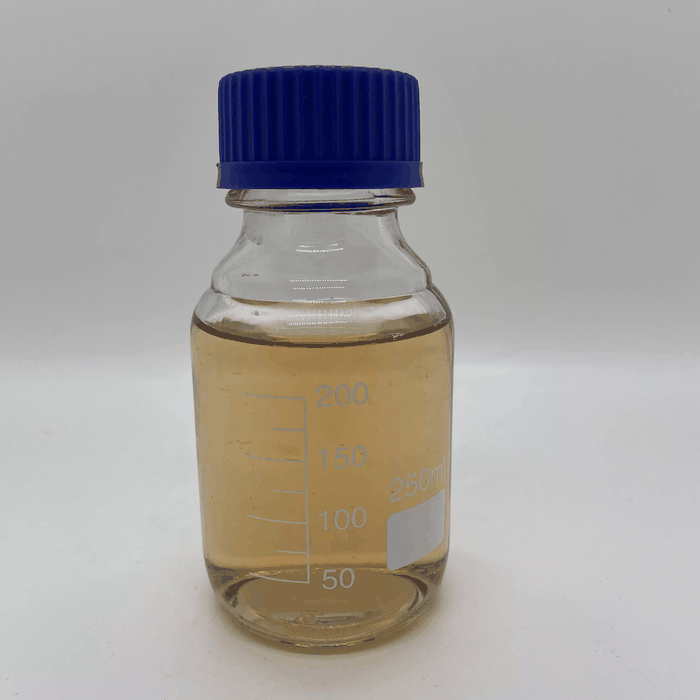 Lime oil 98%View Details
Lime oil 98%View Details
8008-26-2